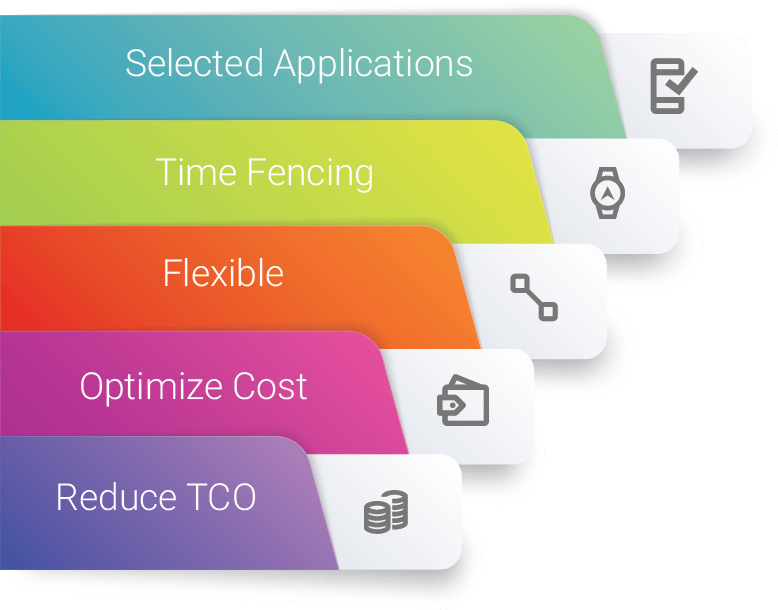Tips to Get the Most Out of your BYOD Strategy
mei 09, 2017 | 42Gears Team
In recent times, BYOD (Bring Your Own Device) has become the norm for many organizations. Companies are experiencing the benefits of allowing employees to bring their own devices to work such as better productivity, lower infrastructure cost and employee satisfaction. However, security and privacy are big concerns for organizations looking to onboard a BYOD strategy. Also, productivity risks need to be addressed as a poor BYOD policy can negatively affect the staff’s efficiency.
Given below are some of the basic tips for allowing employee-owned mobile devices in the workplace.
Understand the Requirement – Is BYOD Applicable?
Some tasks are just unsuitable for mobile. While smartphones or tablets are ideal for accessing or sending emails on the go, using them to create detailed reports or documentation is not feasible. BYOD is advisable when employees are expected to perform smaller tasks such as send emails, read documents, browse or access project management apps on their devices. Also, employees should be trained to use programs that are applicable to their role. Restraining their access to nonessential mobile business tools will help keep them focused on the task at hand.
Fix Boundaries
Although mobile tech is beneficial for improving work productivity, it can have some loopholes that need to be addressed by the organization. Giving employees access to work tasks at their fingertips can blur the lines between work and personal life. Employees may find it difficult to switch off, leading to burnouts that can adversely affect their productivity. The easiest way to counter this is by setting boundaries. Establish fixed time frames for accessing corporate applications and programs.
Be Flexible
Keeping work policy flexible is a smart way to increase productivity. For remote employees, having the flexibility to work at certain hours and locations of their choice can help them stay more focused on work. But even with a flexible workplace, some parameters should still be in place to avert employee burnout.
Optimize Cost
BYOD costs can be optimized as per company needs. There are two areas where you can make some tweaks to minimize the cost of adopting a BYOD strategy:
1. Data Costs
When it comes to handling data costs, organizations can either bear a certain fixed cost of corporate data plan or support an employee-funded model. There are companies that pay a flat monthly stipend or split the data costs 70-30 or 60-40 ratio. Role-based classification is the ideal way to decide who should pay for data connectivity. If the job requires high levels of data usage, it is the company’s obligation to pay for it. However, if the data connectivity is for the user’s own convenience, the cost should be borne by him.
2. IT Support Costs
For any company, this would be the most evident cost associated with a BYOD strategy. The easiest way to lower IT support costs would be by lowering the corporate footprint on the device. For this purpose, it is recommended to automate device management through an EMM solution.
Total Cost of Ownership vs Return on Investment
Do not expect BYOD to show cost-savings upfront. BYOD devices will usually supplement rather than replace existing work devices, which means you don’t exactly substitute hardware costs with development costs. Instead, by implementing a well-thought out BYOD strategy, companies can slowly expand devices-used-for-work at close to zero cost.
Investments in a BYOD program can be well worth the effort. Not only can mobile devices in the workplace help businesses run more efficiently, they can also increase job satisfaction and improve productivity with little to no increase in IT support costs. The best way to manage a BYOD strategy is by adopting an EMM program. 42Gears offers a reliable and easy-to-implement EMM solution to help companies onboard an effective BYOD plan.
Subscribe for our free newsletter

